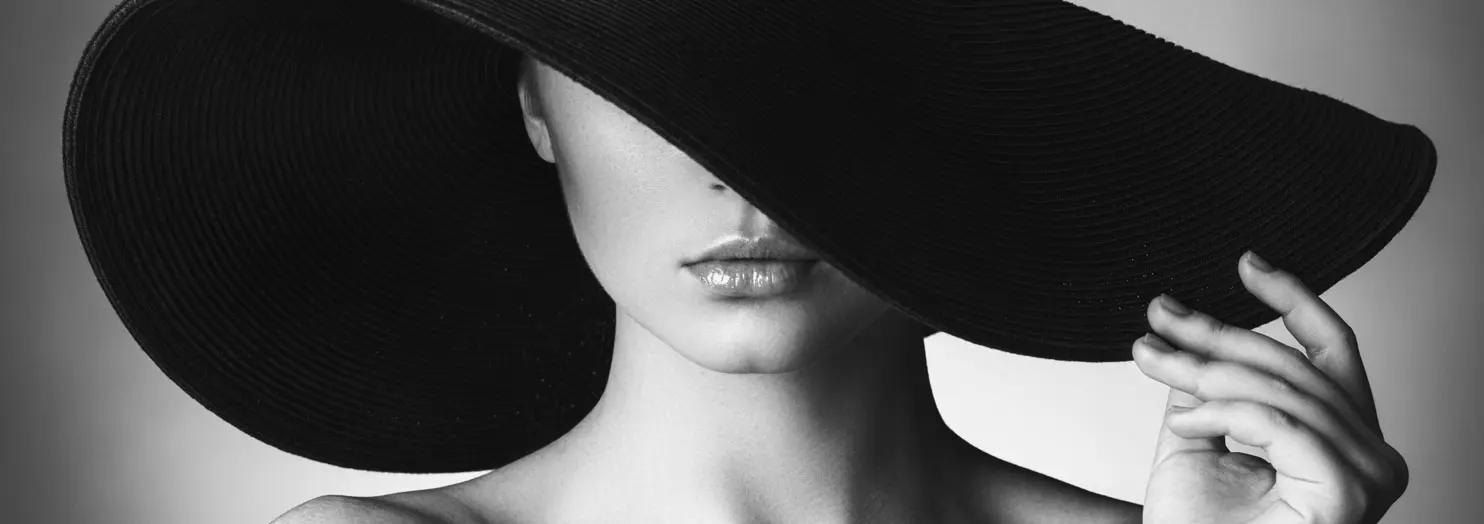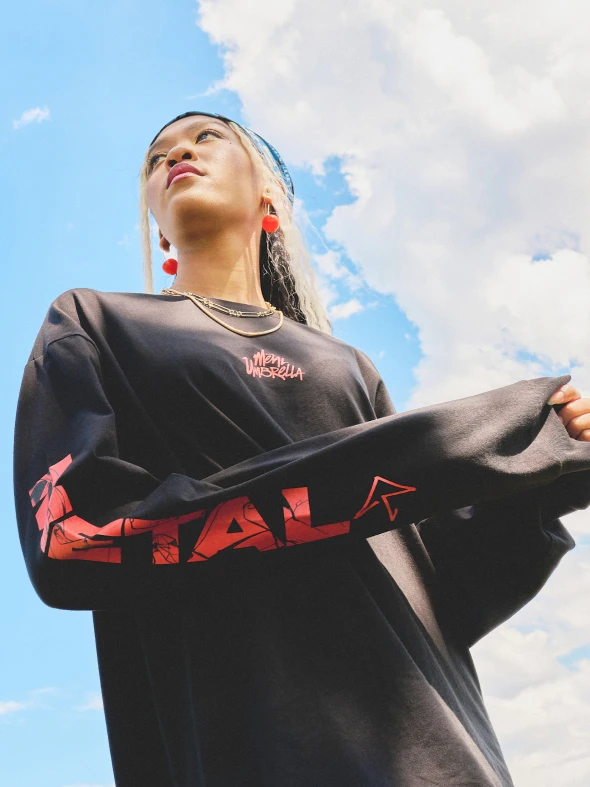The Lowdown on Luxury e-Commerce Websites

Quick Summary The Lowdown on Luxury e-Commerce Websites: Selling luxury goods and services has long been a challenge for retailers. They must identify a small segment of the market and then determine what marketing techniques will appeal to these shoppers.
The Lowdown on Luxury e-Commerce Websites: Selling luxury goods and services has long been a challenge for retailers. They must identify a small segment of the market and then determine what marketing techniques will appeal to these shoppers. Although the challenge remains the same, technological change has created new opportunities (and obstacles) for luxury retailers. One of these technological changes is e-commerce, which refers to the buying and selling of goods over the Internet.
E-commerce isn’t meant for just low-end or even middle-end products. There is a demand for luxury goods online as well. While the audience for luxury e-commerce might have greater purchasing power and different tastes than other consumers, some of the same e-commerce principles apply to this field.
For example, shoppers who tend to buy luxury goods and services also want to be able to connect to brands through their preferred touch points. In an interview in May 2015, Kate Hudson Davidson, founder of the luxury e-commerce site Editorialist, explained that the company decided to publish a print magazine to satisfy the desires of its customers. The people who read and shop on Editorialist also wanted to be able to hold a physical copy of a magazine.
In addition, luxury purchases are influenced by many of the same factors as non-luxury purchases. In a report published in 2014 by the analyst firm McKinsey, researchers discovered that 40% of luxury purchases have their roots in the customer’s digital experience. Let’s say that Jane saw her friend’s Sara’s Facebook post about buying a new Chanel bag. Jane likes the design and colors of this purse, and wants one for herself.
Aside from social media buzz, online research can also lead luxury consumers to make purchases. We’ll take the example of Jane and Sara, only this time, we’ll leave social media out of it. Jane and Sara meet up for Sunday brunch. Jane immediately notices Sara’s gorgeous new Chanel bag. When she gets home from brunch, Jane sits down at the computer and begins searching for the purse to learn more about its cost and availability.
The McKinsey report did not offer a particular strategy for luxury brands to succeed in e-Commerce. Its authors emphasized that each luxury brand must develop its own plan which takes into account the needs and wants of its customer base. The tactics utilized by one company might not be appropriate for another company.
Consumers of luxury goods and services do have one thing in common, though. They want to feel special. One of the things luxury brands can do, even through e-Commerce, is to deliver the personalized attention customers would receive at a bricks-and-mortar store. Kate Hudson Davidson of Editorialist remarked that her site offers a concierge service to help customers make purchases from French couture houses, which do not yet sell their products online.
Although the luxury e-Commerce market represents a small niche in a much larger ecosystem, companies can’t afford to ignore its influence. Online shopping is another way to connect to a brand, which leads to satisfied customers.
